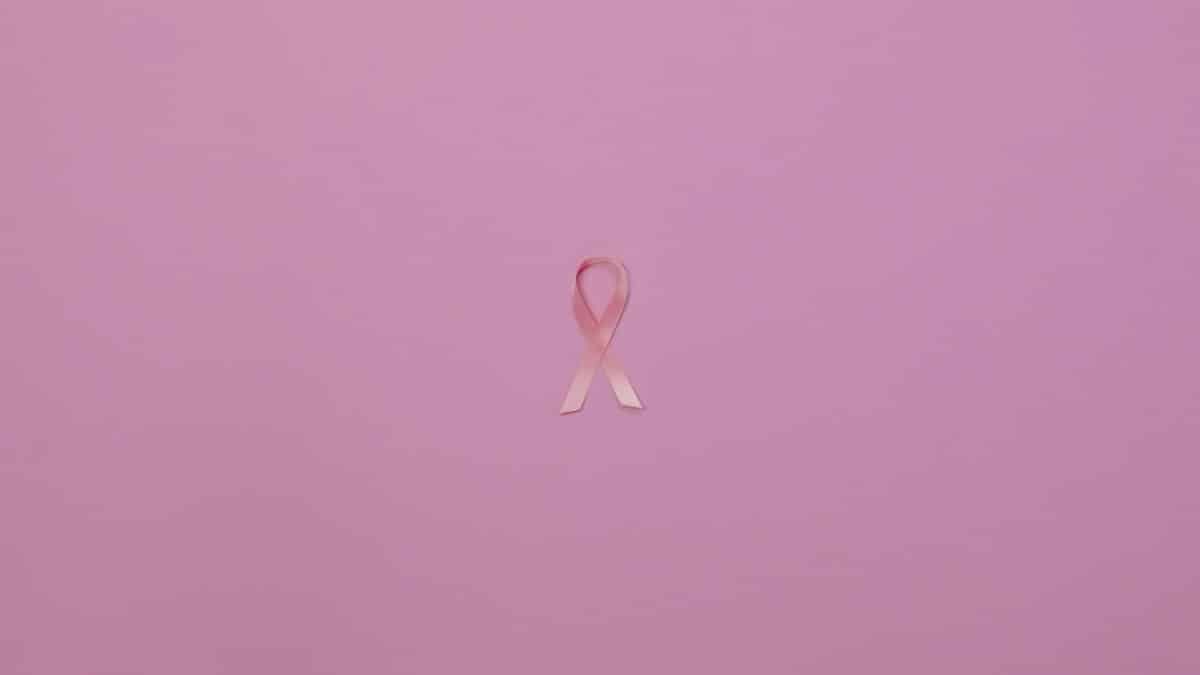In a surprising twist, recent surveys reveal that over 60% of Americans dealing with trauma have turned to mindfulness practices, with ego awareness leading the charge. According to a 2024 study by the American Psychological Association, participants who focused on ego | consciousness | balance reported a 40% reduction in stress levels within months. This isn’t just buzz—it’s reshaping how therapists in cities like San Francisco approach healing. As trauma rates climb amid ongoing societal pressures, ego awareness emerges as a practical tool, blending self-reflection with conscious living to foster real balance and recovery.
What Is Ego Awareness?
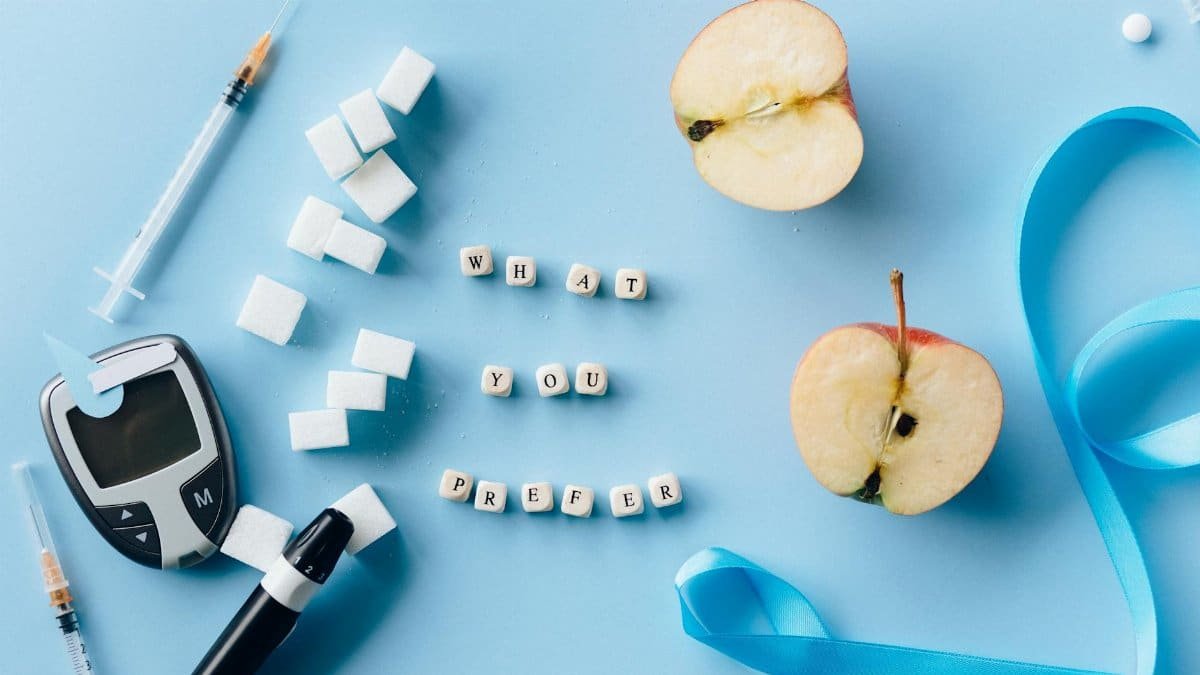
Ego awareness involves recognizing the ego’s role in our thoughts and behaviors. It’s about observing how our sense of self influences reactions, especially in traumatic scenarios. Experts say it’s key to breaking cycles of negative patterns. In San Francisco’s wellness scene, therapists are integrating this into sessions, helping clients detach from ego-driven fears. This approach draws from ancient philosophies but fits modern psychology. By understanding the ego, individuals gain clarity, reducing the grip of past traumas on daily life.
The Link Between Ego and Trauma
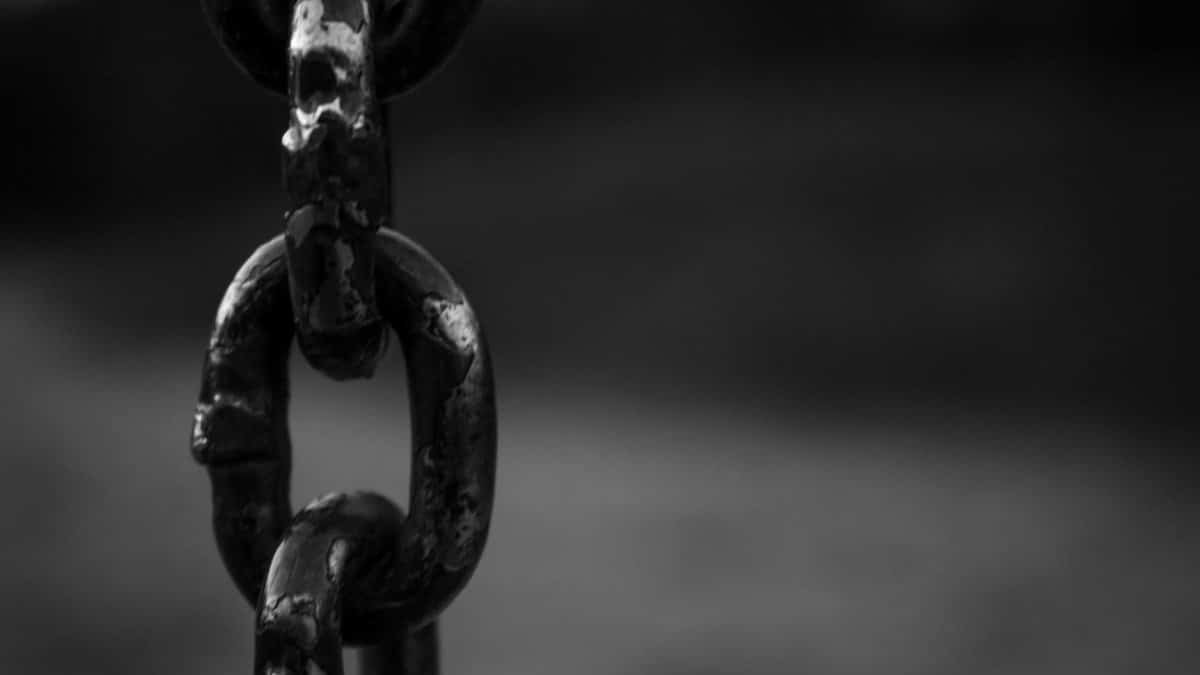
Trauma often amplifies the ego, creating defensive walls that hinder healing. When unchecked, it leads to isolation or repeated mistakes. Consciousness plays a vital role here, allowing people to step back and assess. Balance comes from aligning ego with broader awareness, preventing it from dominating emotions. A report from the National Institute of Mental Health highlights how unresolved trauma affects brain function, but ego-focused therapies show promise in rewiring responses.NIMH on PTSD details these mechanisms, underscoring why awareness is crucial.
How Consciousness Aids Recovery
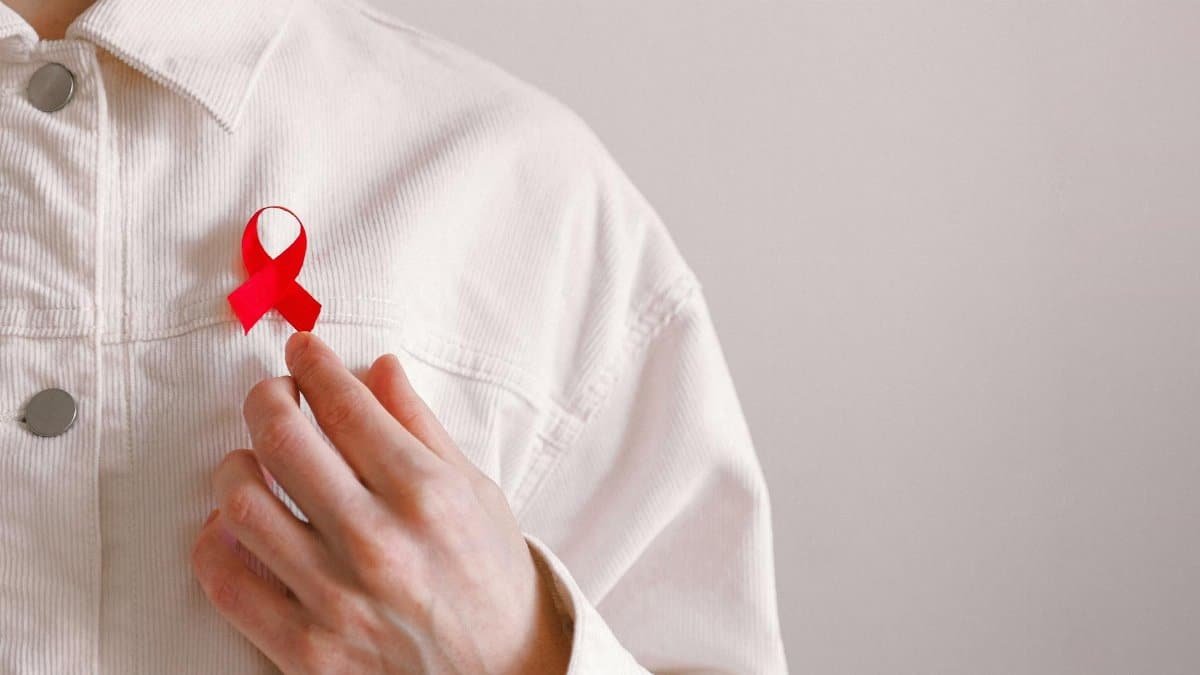
Consciousness isn’t vague spirituality—it’s active presence. For trauma survivors, it means noticing triggers without judgment. This practice builds resilience, turning overwhelming memories into manageable insights. In 2025, U.S. trends show a surge in apps and workshops promoting conscious living, with San Francisco at the forefront. Users report better sleep and relationships. By fostering consciousness, individuals create space for healing, moving beyond survival mode. It’s practical: start with daily meditations to observe thoughts, gradually integrating balance into routines.
Balancing Ego for Long-Term Well-Being

Balance in ego | consciousness | balance means not suppressing the ego but harmonizing it. Too much ego leads to narcissism; too little, to passivity. Trauma healing requires this equilibrium to rebuild self-trust. Therapists in California are seeing results, with group sessions emphasizing shared experiences. A study from Harvard Medical School supports this, noting improved emotional regulation through balanced awareness practices.Harvard on Mindfulness explains how it alters brain pathways, offering evidence-based hope for those in recovery.
Real-Life Examples from San Francisco
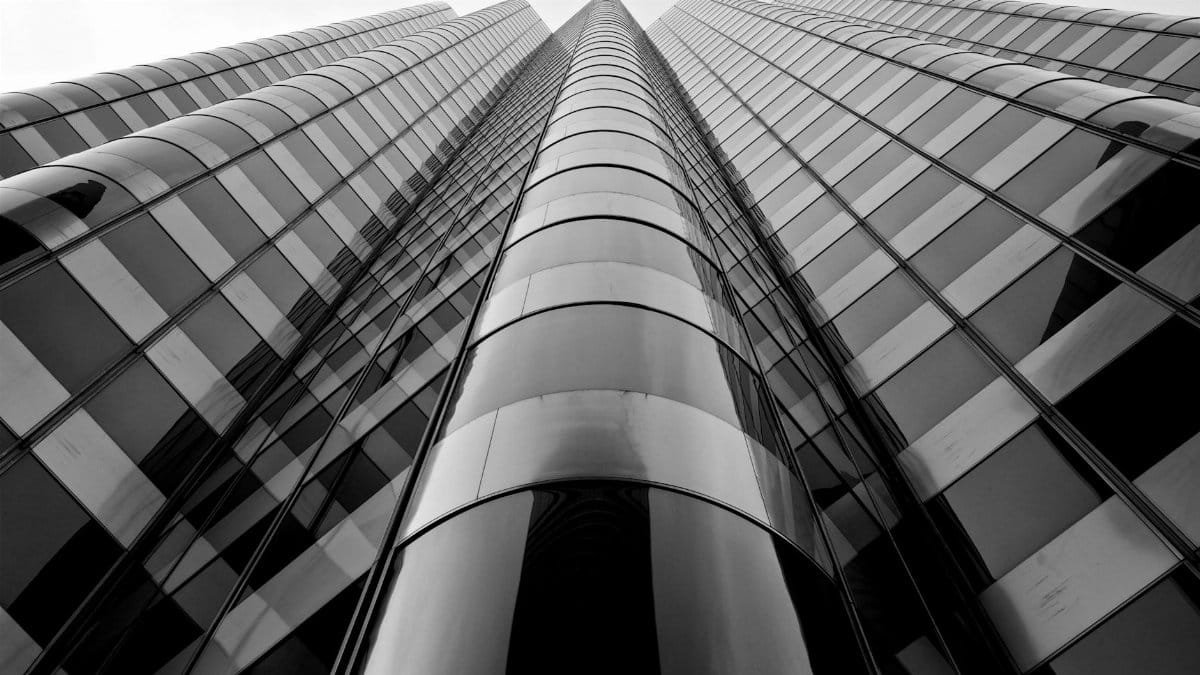
In the Bay Area, where tech stress meets personal growth, ego awareness is booming. Take tech worker Alex Rivera, who after a childhood trauma, found solace in local mindfulness centers. “It was like flipping a switch,” he told reporters. “Balancing my ego helped me process without the constant fight-or-flight.” Similar stories abound in San Francisco’s wellness hubs, where programs blend therapy with conscious exercises. These anecdotes reflect broader U.S. shifts, as more seek non-pharmaceutical paths to healing amid rising mental health awareness in 2025.
Challenges in Implementing Ego Awareness
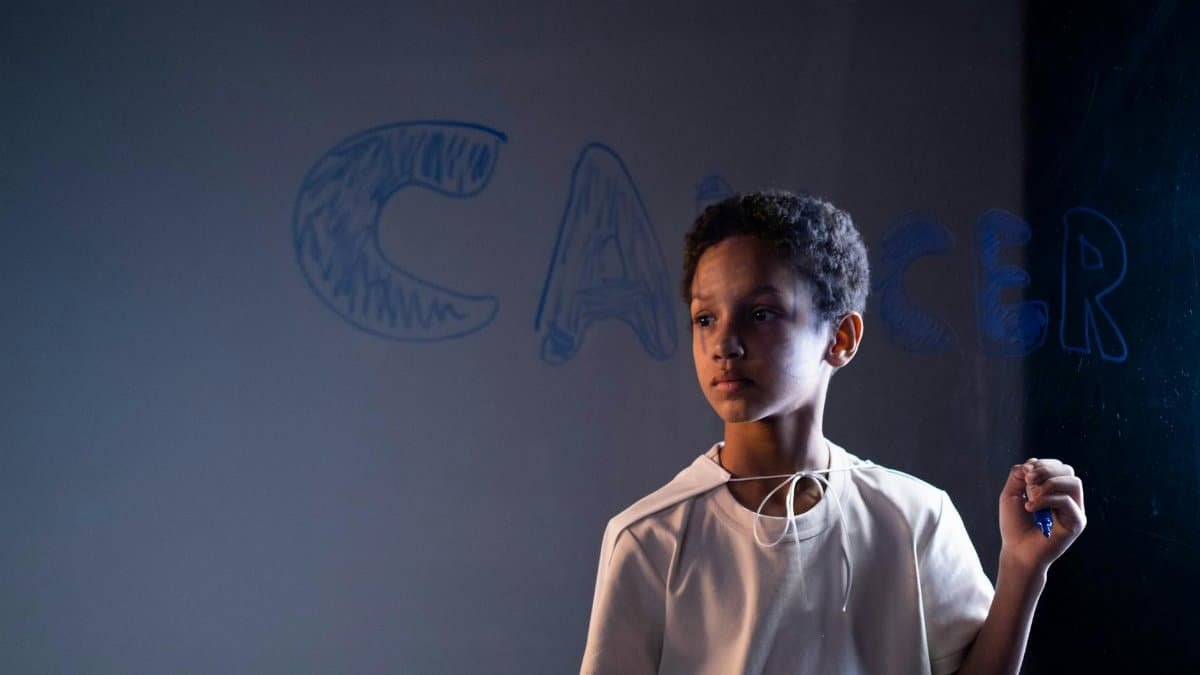
Not everyone finds it easy. Skeptics dismiss it as trendy fluff, while others struggle with consistency. Trauma can make self-observation painful, leading to resistance. Experts advise starting small, perhaps with guided sessions. In urban areas like San Francisco, access is plentiful, but rural Americans face barriers. Overcoming these requires commitment, but the payoff—reduced anxiety and greater balance—is worth it. Research from the CDC shows mindfulness practices lower depression rates, providing a roadmap for skeptics.CDC on Stress Coping offers practical tips aligned with this approach.
Expert Opinions on the Trend

Psychologists are buzzing about ego awareness. Dr. Elena Torres, a San Francisco-based therapist, says, “It’s transformative for trauma because it empowers without overwhelming.” Her views echo findings from the Journal of Clinical Psychology, which link conscious ego work to faster recovery. In 2025, with mental health funding increasing, more professionals are adopting these methods. Critics argue it’s not a cure-all, but combined with traditional therapy, it enhances outcomes. This consensus points to a growing acceptance in U.S. healthcare.
Practical Steps to Get Started

Begin with journaling: note ego-driven thoughts daily. Follow up with meditation apps focusing on consciousness. Seek balanced activities like yoga, which integrate body and mind. In San Francisco, community classes make it accessible. Track progress over weeks, adjusting for personal needs. Remember, ego | consciousness | balance isn’t instant—it’s a practice. For trauma-specific guidance, consult professionals. Resources from Pew Research indicate rising adoption among millennials, signaling a cultural shift toward proactive well-being.
The Broader Impact on Society
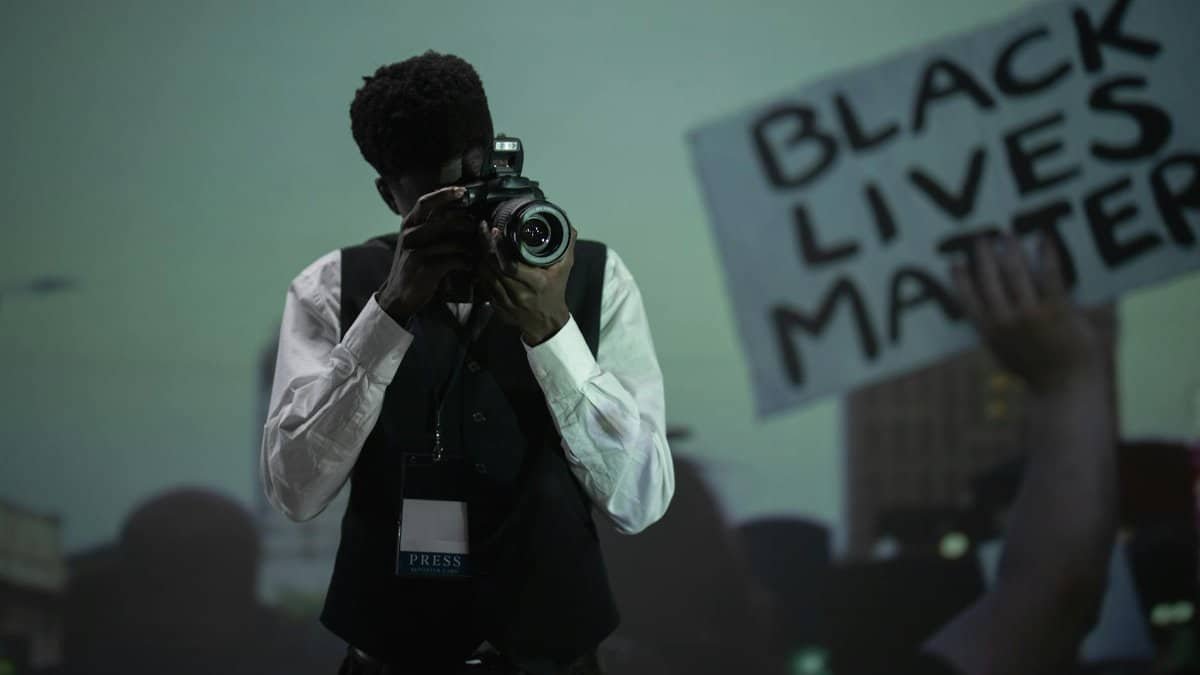
Beyond individuals, ego awareness could reshape communities. In trauma-heavy environments, like post-disaster areas, collective balance fosters empathy. San Francisco’s initiatives, from corporate wellness to public programs, exemplify this. As 2025 unfolds, expect more integration into education and workplaces. Studies suggest societal benefits, including lower crime rates tied to better mental health. This tool isn’t just personal—it’s a potential game-changer for healing on a larger scale, promoting a more conscious America.
